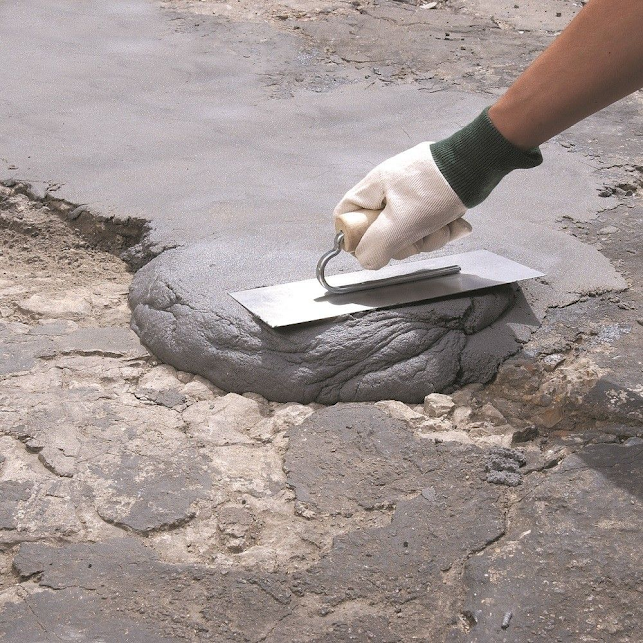Tips For Choosing The Right Concrete Repair Products
Before calling an engineer, building owners often wait until their concrete problems are terrible. When big chunks of concrete are falling off, or the whole building looks like it might fall, the owner knows it's time to call in a professional, permit a thorough investigation, and ask for a complete plan for fixing the problem.
To choose the most appropriate, compatible, and cost-effective concrete repair products, you need to think about strength, durability, coefficient of thermal expansion, permeability, low drying shrinkage, chemical properties, and modulus of elasticity.
Strength
In almost all repairs and protective works, bond and compressive strengths are very important. The strength of the base and concrete repair products should be nearly the same, or the strength of the repair materials should be slightly higher. This ensures that stresses and strains move through materials properly and evenly. The bond and compressive strengths are essential when determining whether a repair is structural. Knowing the difference between the two is vital if you want to choose a repair solution that is cheap, long-lasting, and good for the structure.
Durability
The concrete repair products used to fix the damage needs to be strong enough to last in the environment where the broken structure is. It should withstand chemical attacks and any energy, like UV rays and heat. Surface preparation is also crucial in ensuring that a repair done with a suitable mortar will last and be good for the intended use and environment.
Thermal Expansion Coefficient
The coefficient of thermal expansion of the concrete repair products must be similar to that of the existing concrete. This ensures that too much stress is not put on the bonding interface or the substrate. Thermal incompatibility can lead to failure at the interface or in the weaker material, especially for overlays.
Low Shrinkage When Dried
Since the existing concrete or structure has already shrunk, concrete repair products need to have the least drying shrinkage possible so that the bond between the new repair material and the existing concrete surface does not break.
Permeability
The repair materials should have low permeability so aggressive substances like CO2, water, oxygen, and industrial gases and vapours cannot get in. So that the reinforcement does not rust, this is done. As a rule, the W/C ratio decreases as the compressive strength increases. The less the W/C ratio is, the less water can get through the concrete.
Modulus Of Elasticity
The elasticity of the material used to fix the concrete must be the same as that of the existing concrete.
In non-structural repairs, you want a repair material with a lower modulus to help ease the tension caused by drying shrinkage that is held back.
Chemicals Properties
Embedded reinforcement is less likely to rust if the repair material has a pH close to 12. If not, the existing reinforcement can be protected more by cathodic protection, coatings placed directly on the reinforcement, or coatings placed on the concrete from the outside.
It can be hard to decide which of the hundreds of concrete repair products to use, so it helps to know what some of the most common types are and what they are usually used for. To keep things simple, we will leave out major repairs and rebuilding projects where the goal is usually to make the concrete look as much like the original as possible.




Comments
Post a Comment